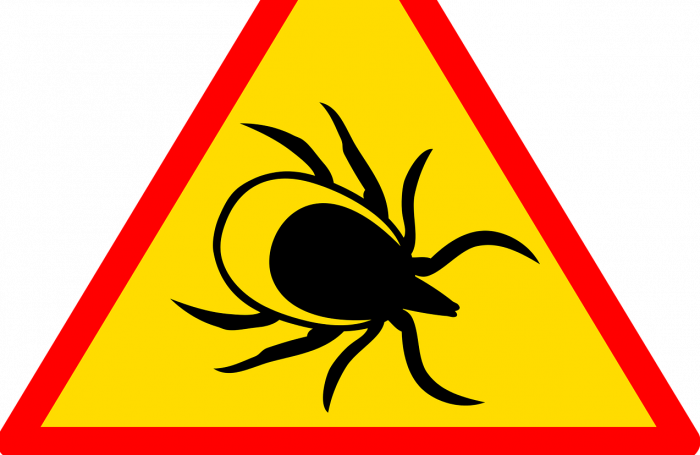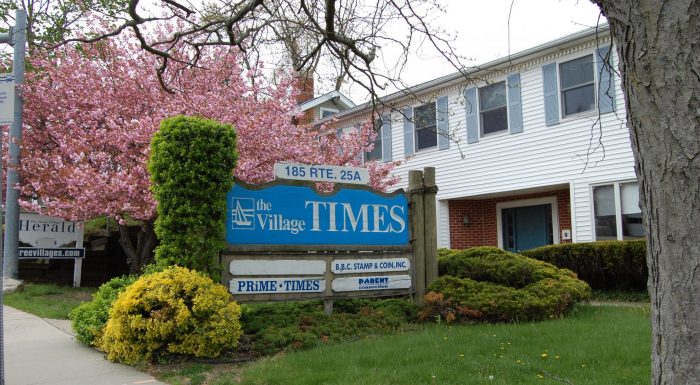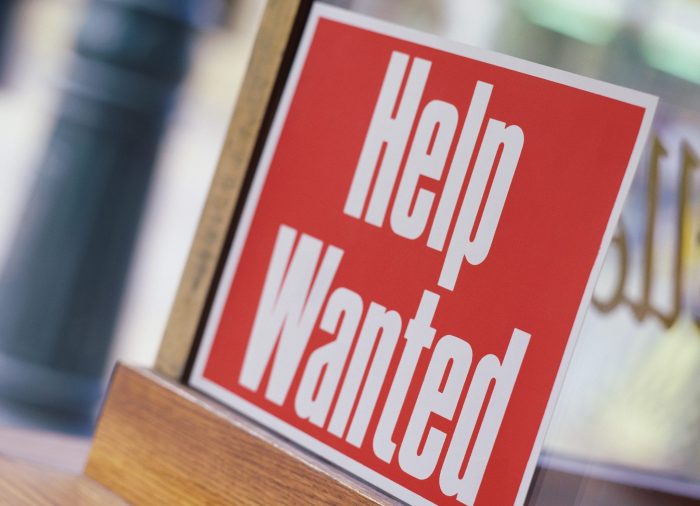By Leah S. Dunaief

A three-year-old golden retriever, missing for two weeks, was pulled out of Barnegat Bay Wednesday by two blessed souls. I know how that golden feels. I was pulled out of Port Jefferson Harbor Sunday and was I ever grateful.
I’ll tell you the whole story.
My family is visiting, finally, as the pandemic fades. That includes three sons, three daughters-in-law, one granddaughter, two grandsons, (the third was working), one dog and two cats. Sunday late afternoon we noted the arrival of what sailors call “the cocktail breeze,” and to enjoy it, three of us went out in the harbor on a 16-foot Hobie Cat. The catamaran is little more than two pontoons connected by a sturdy webbing on which passengers sit. There is a mainsail and a jib, and the light craft really flies across the water. But there is no motor, only an oar in case the wind dies down, and we have to row ourselves back to shore-hardly a desirable state of affairs, as you can imagine.
So, there we were, happily zipping along, when the breeze turned into a sudden gust, caught us off guard, and lifted one pontoon out of the water. I was sitting above the other, and I saw the colorful mainsail rising up like a wall and coming toward me. The abrupt knot in the pit of my stomach confirmed that we were about to capsize. That had never before happened with this boat. I braced for a shock.
To my pleasant surprise, the water temperature, while not warm, was more comfortable than I expected for so early in the season. And while I was wearing a life vest, I had casually closed only the top couple of toggles, so the vest rode up to the level of my chin, pinning the edge of my broad-brimmed hat that had come askew in front of my eyes. While I knew I was in the water, I couldn’t see a thing.
It took us several minutes to sort ourselves out, my son, daughter-law and myself. We worked to untangle ourselves as we clung to the side of one of the overturned pontoons. Then the boat became caught in a mooring into which the wind had blown us. We hoped one of the two motor boats that came along would stop to help. They passed us by, but one slowed down to take a video of us struggling in the water.
It is hard to right a catamaran, and in the sudden heavy wind, it proved impossible.
“Maybe we should call for help,” my daughter-in-law suggested, and proceeded to do just that.
Fortunately Evelyn and Greg Haegele, in their sailboat aptly named “Necessity” heard us and slowly approached. My children were most concerned with getting me to safety and up the swim ladder that Greg had thrown over the side, my daughter-law helping me swim over to their boat. My son calling out my age with concern in his voice.
It was not easy to climb the six steps in my sopping wet clothes, but as they say at NASA, failure was not an option.
Then Greg passed his sunglasses to his wife and made a beautiful dive to swim over and help right the Hobie. Together they were successful despite the strong wind.
As my children clambered back aboard and sailed off, a police boat, followed by a fire boat dashed after them, checking to see if all was well. It seems some alert person in a waterfront home in Belle Terre, witnessed the mishap and called 911.
Meanwhile the Haegeles took me back to Port Jefferson via the launch service and then drove me home, a drenched dog.















